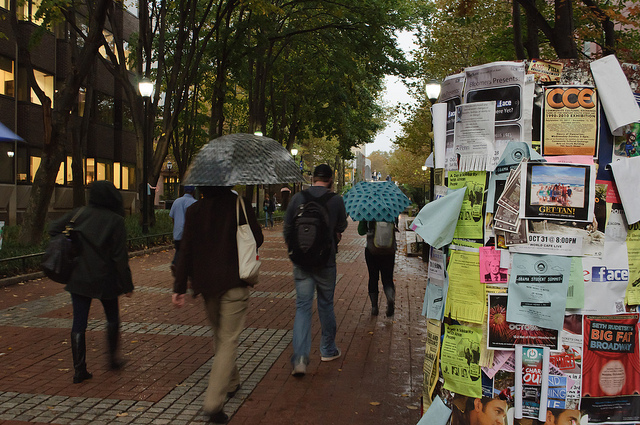Even With Affirmative Action, Blacks and Hispanics Are More Underrepresented at Top Colleges Than 35 Years Ago

InSapphoWeTrust
This is a clear example of negative framing. The "even with affirmative action" line puts Latinos in a "beyond help" category. It implies the fallacy that Latinos only make it into elite schools because of federal set-asides, even though the number of Latinos in Ivy League schools is growing. That part of the story is buried in the third paragraph.
Even after decades of affirmative action, black and Hispanic students are more underrepresented at the nation’s top colleges and universities than they were 35 years ago, according to a New York Times analysis.
The share of black freshmen at elite schools is virtually unchanged since 1980. Black students are just 6 percent of freshmen but 15 percent of college-age Americans, as the chart below shows.
More Hispanics are attending elite schools, but the increase has not kept up with the huge growth of young Hispanics in the United States, so the gap between students and the college-age population has widened.
The Times analysis includes 100 schools ranging from public flagship universities to the Ivy League. For both blacks and Hispanics, the trend extends back to at least 1980, the earliest year that fall enrollment data was available from the National Center for Education Statistics.
Blacks and Hispanics have gained ground at less selective colleges and universities but not at the highly selective institutions, said Terry Hartle, a senior vice president at the American Council on Education, which represents more than 1,700 colleges and universities.
The courts have ruled that colleges and universities can consider race or ethnicity “as one element in a holistic admissions policy, so it’s something that can be considered, but it’s not a magic bullet,” he said.

